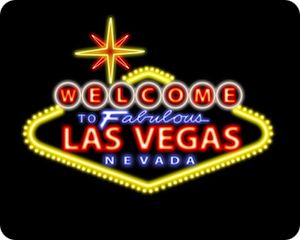 Physical events are the blessing and curse of every chief marketing officer looking to balance measurable results with the intangible of “market visibility”. If I had a dollar for every time a sales rep or VP forwarded me an invite to sponsor a “must have” tradeshow that also just happens to be at a highly desired vacation spot (i.e. Las Vegas, Orlando, Miami, New Orleans) or even more exotic international destination (i.e. London, Madrid, Tokyo or Hong Kong) then I could afford that new Tesla everyone is drooling over.
Physical events are the blessing and curse of every chief marketing officer looking to balance measurable results with the intangible of “market visibility”. If I had a dollar for every time a sales rep or VP forwarded me an invite to sponsor a “must have” tradeshow that also just happens to be at a highly desired vacation spot (i.e. Las Vegas, Orlando, Miami, New Orleans) or even more exotic international destination (i.e. London, Madrid, Tokyo or Hong Kong) then I could afford that new Tesla everyone is drooling over.
Historically, physical events have the highest cost per lead (CPL) of any marketing vehicle ranging from hundred to thousands of dollars per lead. The rationalization is almost always that just “one closed enterprise deal” will justify the expense of the show. Your odds may be better taking the cost of the event (sponsorship, booth, drayage, travel, …) to Vegas and betting it all on black.
So how do you decide whether or not a physical event is the best bet for your scarce marketing budget?
A recent hubspot blog by Rachael Sprung entitled “How to Tell if That Industry Event Is Really Worth Your Money” provides some really good advice on how to determine if you should sponsor or even just attend an event. The four points offered for consideration of whether or not you should attend an event included:
- Evaluate the content
- Research the attendee profile
- Consider the networking opportunities
- Research the potential for brand awareness
The four points offered for consideration of whether or not you should sponsor an event included:
- Seek out speaking opportunities
- Get to know the audience profile
- Investigate other sponsors
- Establish the media presence
The most important thing in determining if you should or shouldn’t support a specific event is going to ultimately rest on a gamble because the CPL will always be way out of line relative to every other lead source. Don’t forget to consider the power of face-to-face interaction with your target audiences: prospects, customers, partners, press, analysts and potential acquirers.

Recent Comments